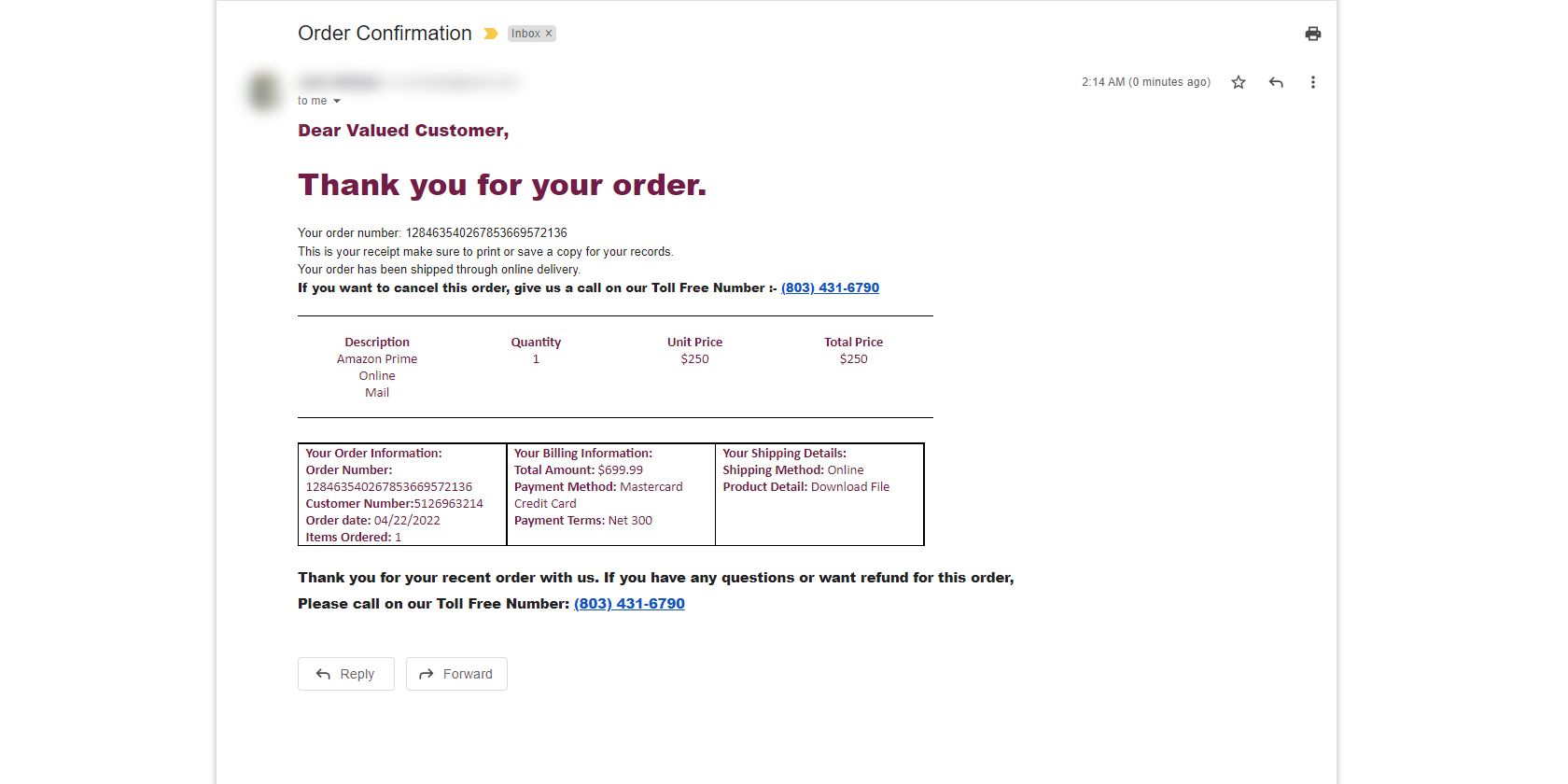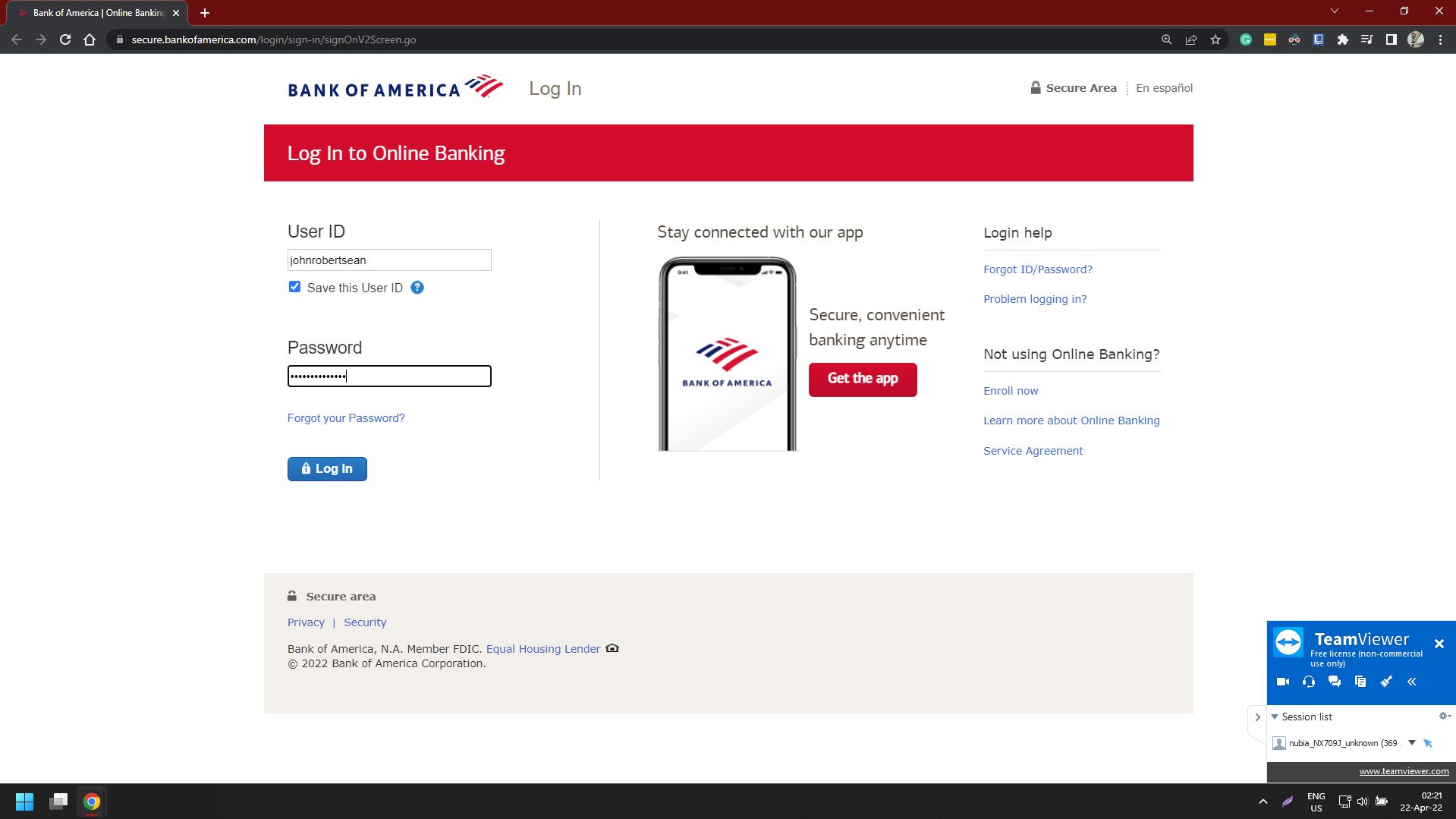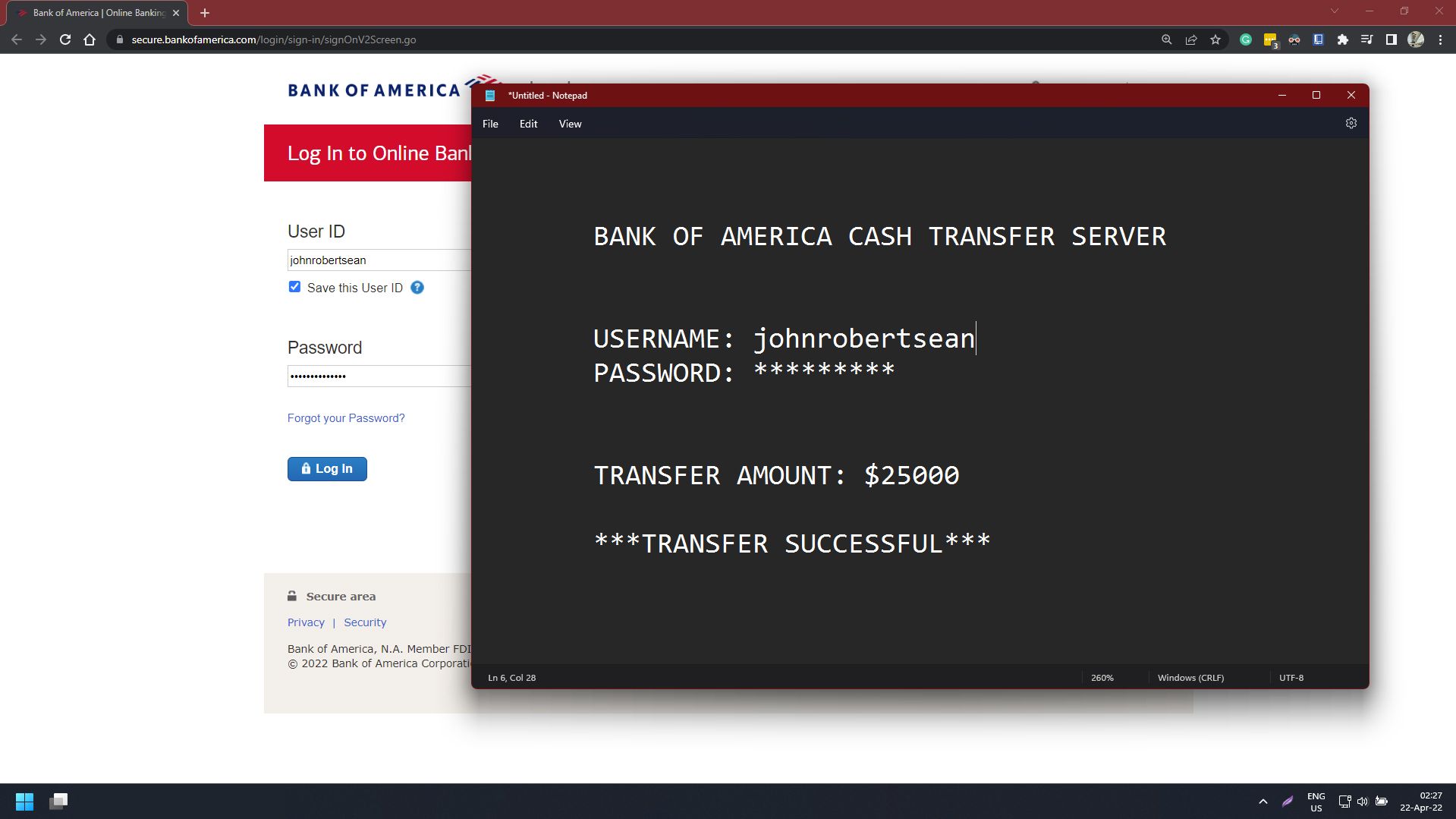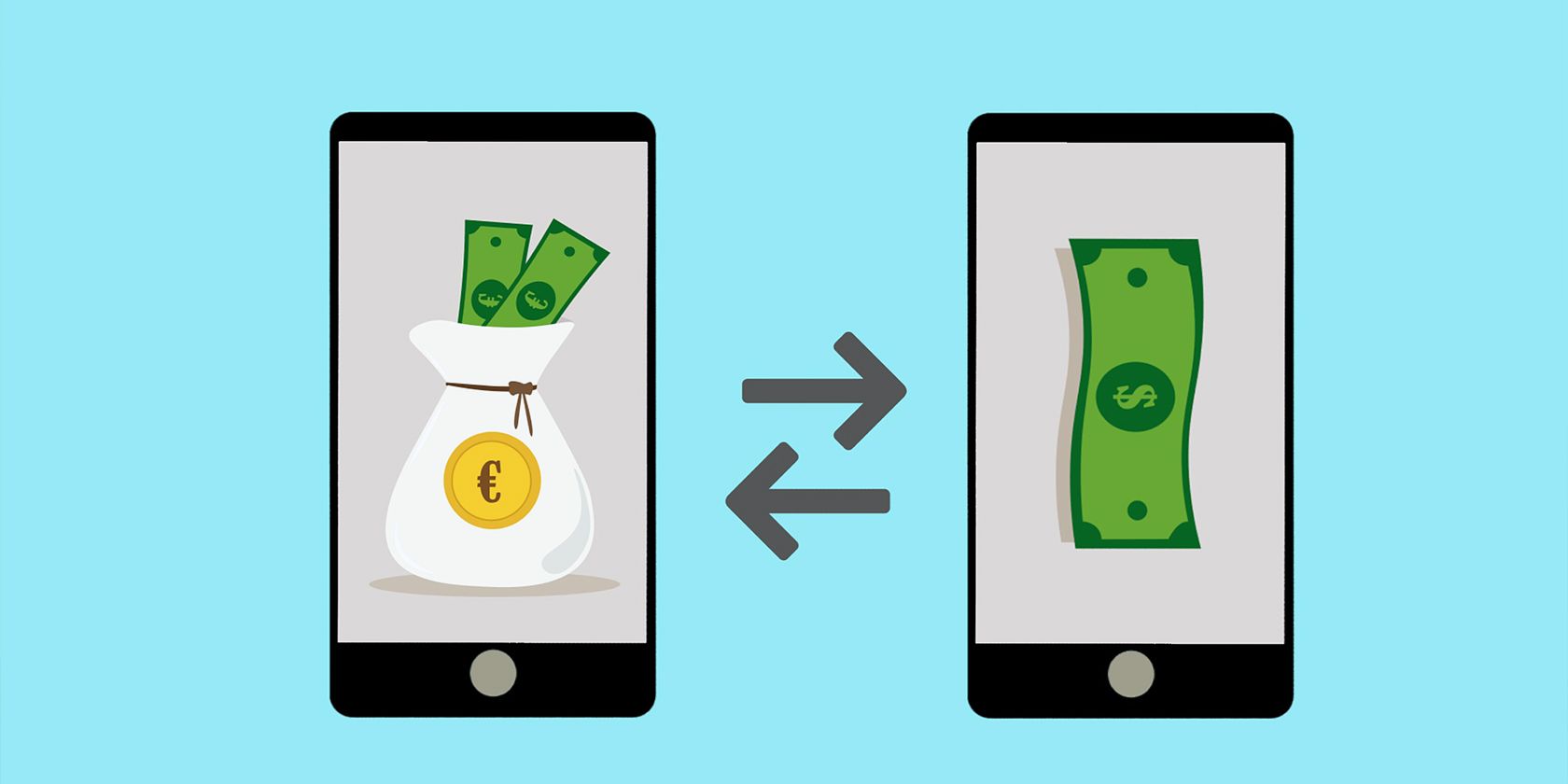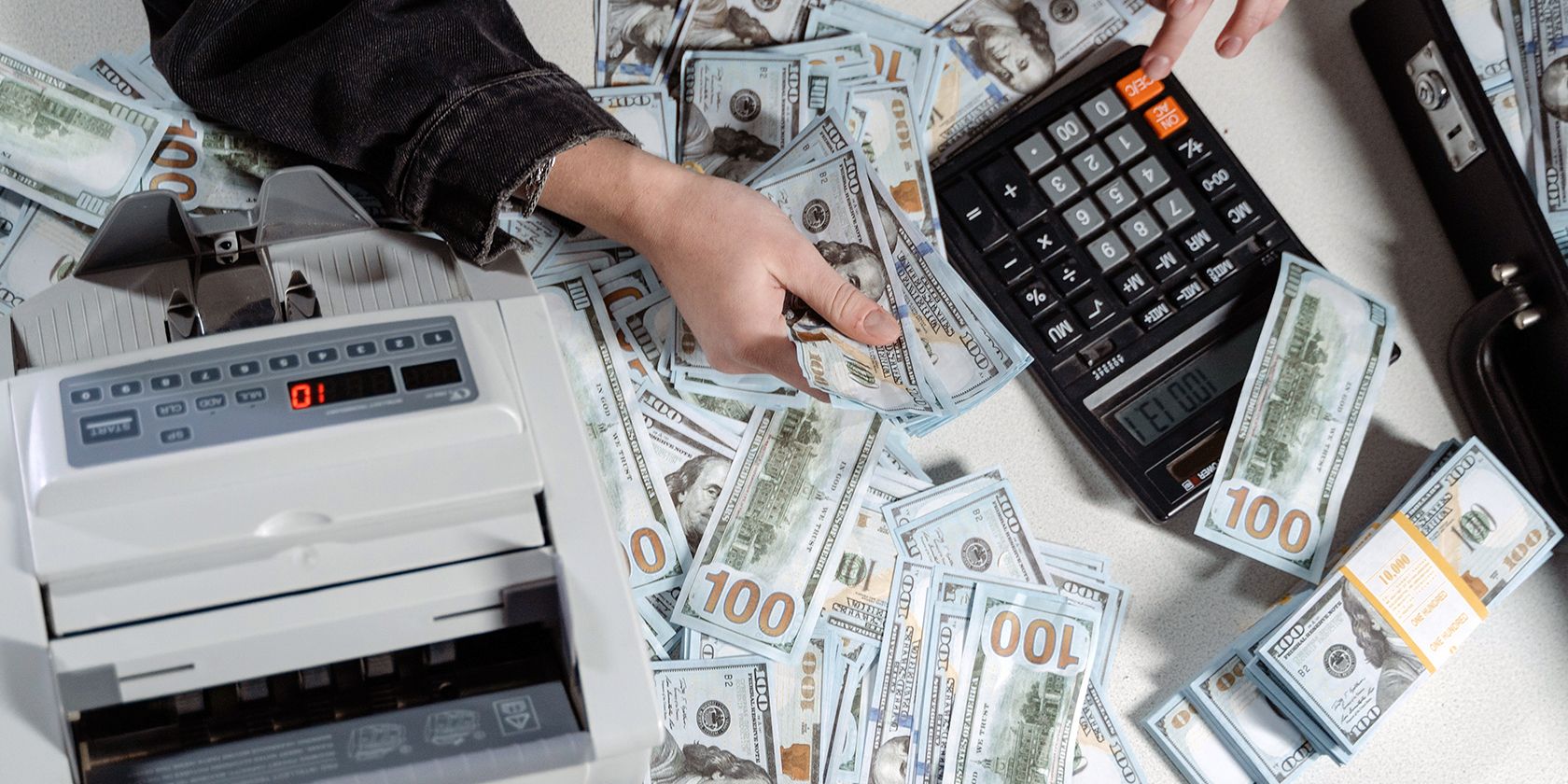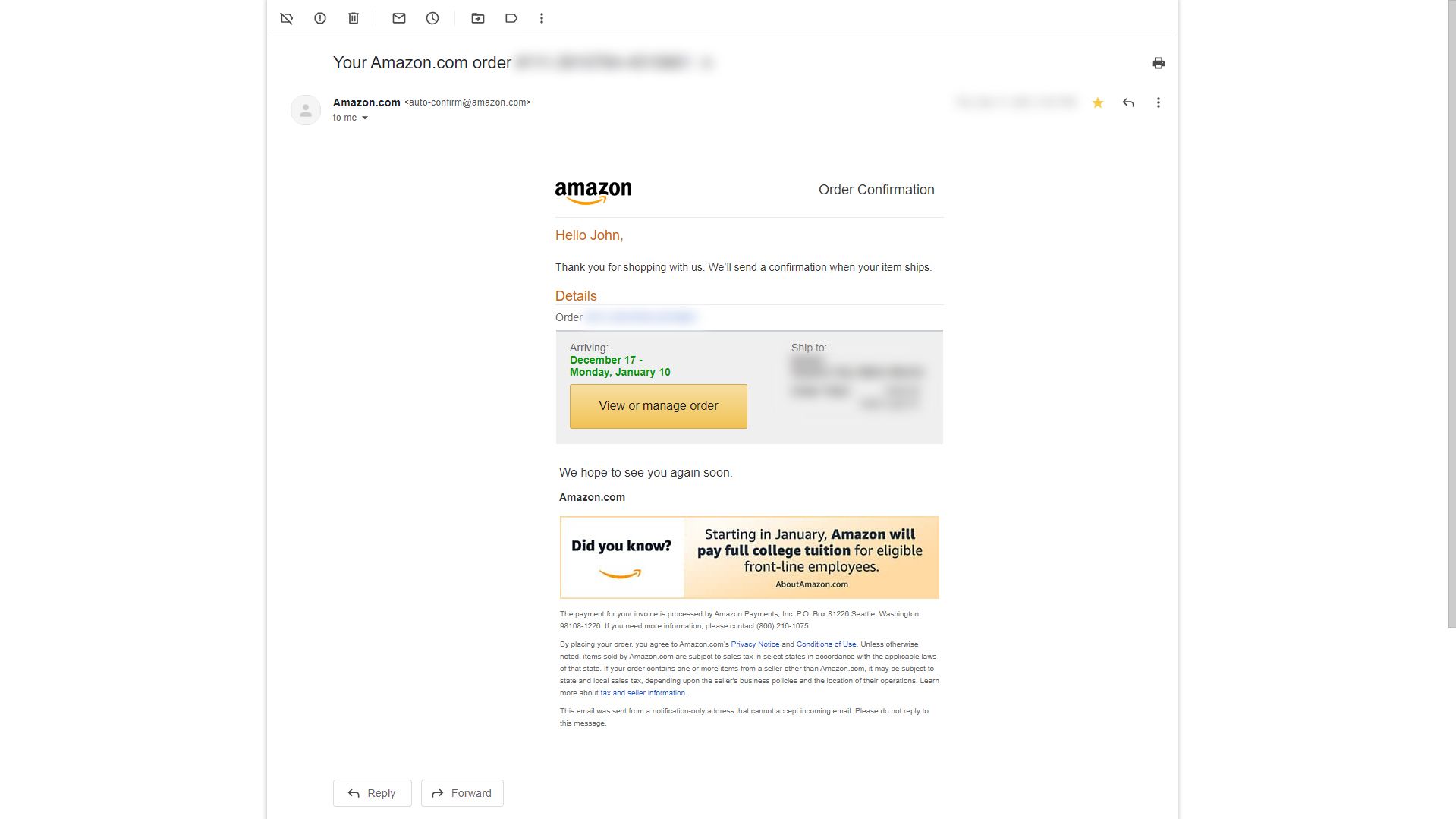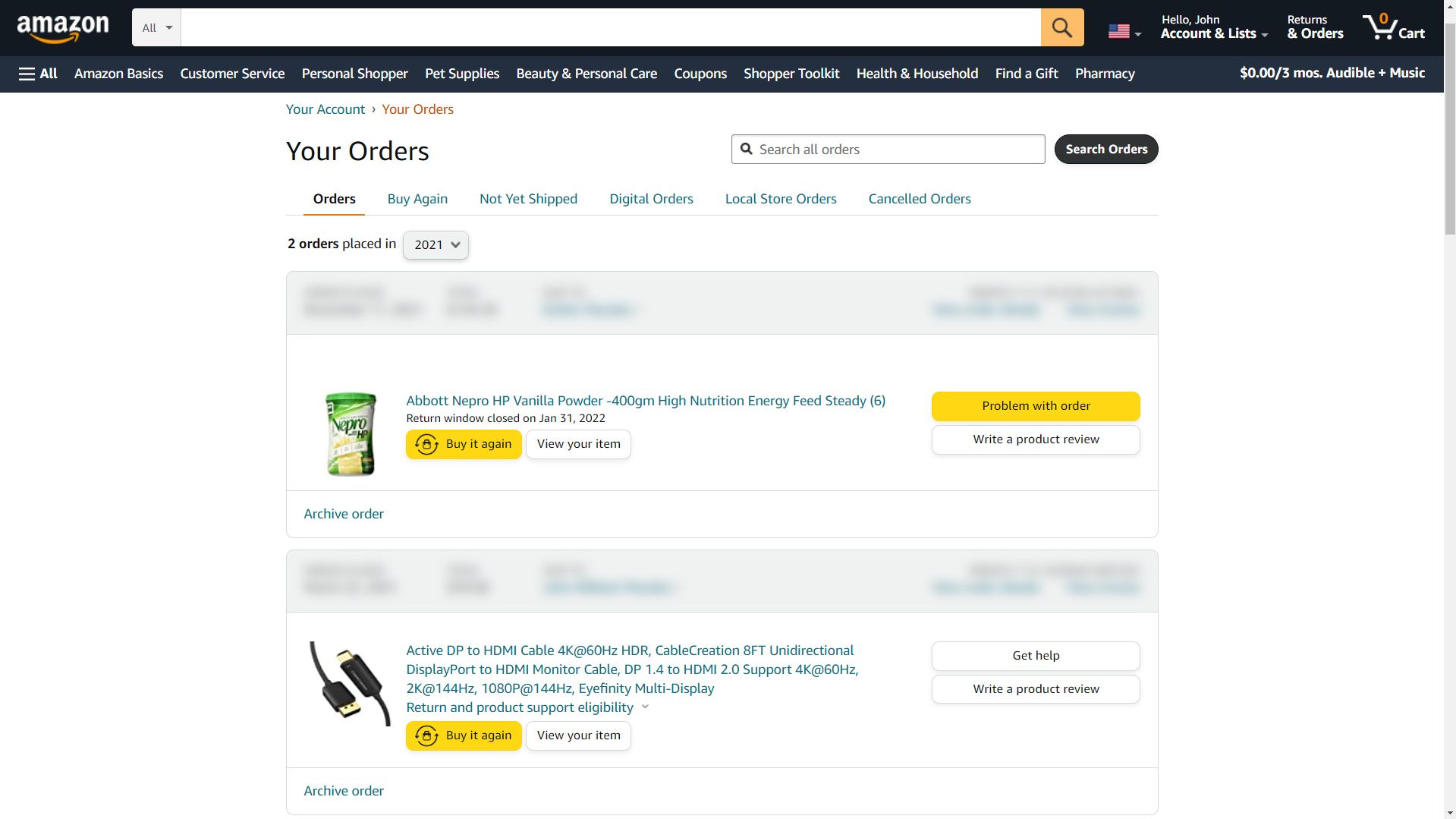Scammers use fake Amazon emails to defraud unsuspecting people out of their money. Everyone knows this happens a lot, but that doesn't mean people aren't still falling for the scams. And being scammed via Amazon emails isn't even a rarity!
But how do these scams work? And what can you do to avoid them?
Who Does the Amazon Email Scam Target?
As with most scams, the people behind this target the most tech vulnerable population—our elderly. They know that most are not tech-savvy, so they're prone to become victims. They also usually time their calls whenever the elderly are alone. That's because most of the younger population can easily spot the scam and end it even before it begins. The problem is so prevalent that in 2021, the FTC said that Americans lost $27 million to Amazon scams.
They also target people who aren't familiar with technology and security. After all, it is difficult to fool someone familiar with their orders and Amazon's security features. That's why they intentionally send fake Amazon emails that look official but are far different from the actual messages that Amazon sends.
So, when someone who isn't familiar with the way Amazon works reads that they've been charged for something they did not buy, they'll immediately call the listed toll-free number, which will then route them to the scammer's call center.
How the Scam Begins
Most scammers send a mass email containing a fake Amazon order. It's wildly different from a legitimate Amazon Order Confirmation message and usually has this message or a variation of it written in bold:
If you want to cancel this order, give us a call on our Toll Free Number:- (XXX) XXX-XXXX
Once they've sent this email, potentially to hundreds of thousands (if not millions) of addresses, all they now have to do is sit tight and wait for someone to take the bait.
When they receive a call through the number they gave in this email, the scams start to get in motion. They'll first execute a "refund" for the victim, making it seem like they're doing them a favor. To do so, they'll ask the victim to go online, and then they'll instruct them to install a remote accessing tool, like Teamviewer, to let the scammer control the victim's computer.
Once the victim does that, the scammer will pull up the victim's real bank account to check if they've already received an automatic refund. The victim will not have received any refund, given that there's no legitimate transaction anyway.
When the victim sees that they haven't got a refund, the scammer will black out the victim's screen and pretend to contact another department to process the refund. During this time, the scammer creates a fake banking page that shows an excessive amount, i.e. a fake refund. They'll also build rapport with the victim which comes in useful later on.
After a few minutes, they'll get back to the victim, telling them that the refund failed. They will then pull up a command prompt window and create a fake "banking server" to process the refund. They'll say the victim has to input all the details themselves, and once the victim presses enter, it will be permanent.
When the victim enters their details, including the refund amount, into the "banking server", the scammer will intentionally input an additional digit at the refund amount to make it seem that the victim made a mistake. So, for example, if you're entering a $250 refund, the scammer will quickly insert two zeroes right before you press enter, turning it into $25,000.
All the steps the scammers take above are just the preparation for the scam. The actual fraud begins once the victim makes the "mistake" with the supposed banking server.
How Does the Amazon Scam Work?
Because the victim's entry into the "banking server" is permanent, the scammer will act anxious and pretend they're in trouble. They will then go to the fake banking page the scammer created and show that a credit equal to the wrong entry the victim made is credited.
This is where the scammer will use the empathy they've built with the victim. They will stress that they have a family, can't lose their job, can't afford the $25,000 loss—and note that it was the victim's fault. After that, they'll then ask the victim to repay the extra $24750 they "refunded" to make it even.
The scammer will say the victim is a good person, and they know that they will do the "right thing." They'll then instruct the victim to send the money in cash via a parcel. They'll also tell the victim to tell no one and that they should stay on the line with the scammer during the entire process.
If the victim strays from the scammers' plan, they'll yell, call repeatedly, and do everything to stress them out further. Due to this, they typically follow the instructions faithfully without thinking about it.
Once they've withdrawn the "excess refund" from the bank, they are instructed to insert the money in a book or wrap it in cling film and foil to avoid detection in the mail. Once the victim sends the parcel with the money in it, it's game over. The victim loses over $24,000 of their money, with slim to no chance of getting it back.
Why Not Just Take the Cash?
Now, you might ask, "Why go through all the trouble?" After all, the scammers already had access to the victim's bank account. Can't they just transfer the money directly to their account? They don't do that because most banks and financial institutions are aware of such scams.
When they notice the account holder executing this huge of a transfer, they are bound to put it on hold until the victim can clear it up with their bank. After all, it usually takes a few days to transfer funds internationally. When that happens, the scam will become evident, thus making it fail.
They also now avoid asking the victim to purchase gift cards, as many gift card retailers are also aware of the scam. If they see someone purchasing a large number of gift cards, they tend to stop the victim, thus breaking the scam.
How to Spot a Scam
One of the best ways to avoid getting scammed for your money is to know how to spot one. So, if you receive a suspicious email or call claiming you've been charged, here's what you need to do.
1. Read the Email or Listen to the Call Carefully
Most companies stick to a specific email layout or call script. They do this because they want to preserve a sense of professionalism, especially when dealing with their customers. So, if the email doesn't feel right, or if the phone spiel seems a bit off, the message is probably fake.
Also, don't forget to check who sent the email. Official Amazon email will only come from an Amazon domain.
2. Watch for Links or Phone Numbers Different From What's Listed on Official Websites
Companies have official hotlines and email addresses you can contact. Furthermore, they have official web pages with which you can talk to their representatives. So, whenever you receive a suspicious email or call, don't interact with anything in it.
Instead, go to the official Amazon page on a different tab or browser, or look for their official hotline and call them directly. That way, you know you're dealing with legitimate company representatives.
3. Check Your Amazon Account
If someone claims that you've made a purchase on your account, the best way to check if the claim is legitimate is to go to your account and look at your purchase history. If you don't see any matching order number, that supposed transaction is fake.
And even if there is a matching transaction, cancellation and refund should always go through the official Amazon website or app.
4. Do Not Send Cash—Ever
It's a scam when someone you don't know is asking you to send cash, especially if they ask you to hide it from your family, bank, and the authorities. You will not run into any trouble if they have a legitimate transaction.
5. Have a Knowledgeable and Trusted Friend or Relative Check the Message
If you're unsure whether the email or call you received is real, it's best to ask someone you trust and who's knowledgeable before acting on it. That way, they can confirm with you if the message is real or if it's a scam. Don't fall for someone pressing you to do something quickly; a real representative won't rush you.
Protect Yourself and Your Loved Ones
As we increasingly bring our shopping online, more and more people will try to take advantage of those unfamiliar with it. And even if you know how to protect yourself, it's unfortunate that most scammers' victims are older people.
So, if you have a friend or relative who you think is vulnerable to these kinds of attacks, you should tell them about these threats. At the very least, if a stranger is telling them to send money, even if it was "accidentally" deposited in their account, tell them to wait for you. That way, you can verify the transaction first if it's real or not.



